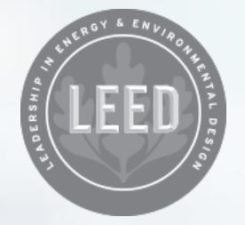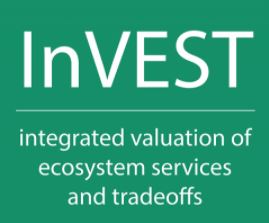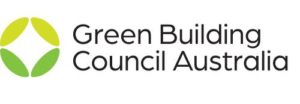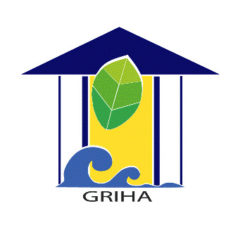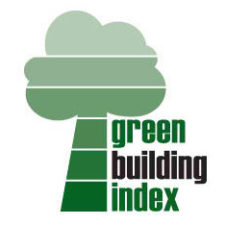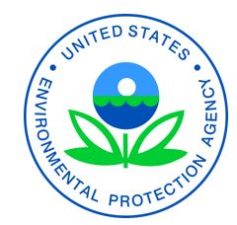
The National Stormwater Calculator (SWC) is a software application that allows users to analyze site hydrology for small- to medium-sized locations (less than 12 acres) in the United States and Puerto Rico. The SWC estimates the annual amount of stormwater runoff, based on local soil conditions, land cover, and historic rainfall records and including different development and control scenarios. A cost estimation module and a future climate scenario module are included. The SWC is a resource for all Rainwater Management Credits in LEED by the U.S. Green Building Council for all project types in all rating systems.
Lifecycle Phase(s): Project PlanningGeneral strategy for a project’s delivery is developed., Concept DesignTechnical experts broadly outline the project’s basic characteristics., Detailed DesignTechnical experts further elaborate the Concept Design.
Type(s) of Tool: Modelling ToolsSimulate economic, social, and physical systems to help planners optimize outcomes from different decisions.

